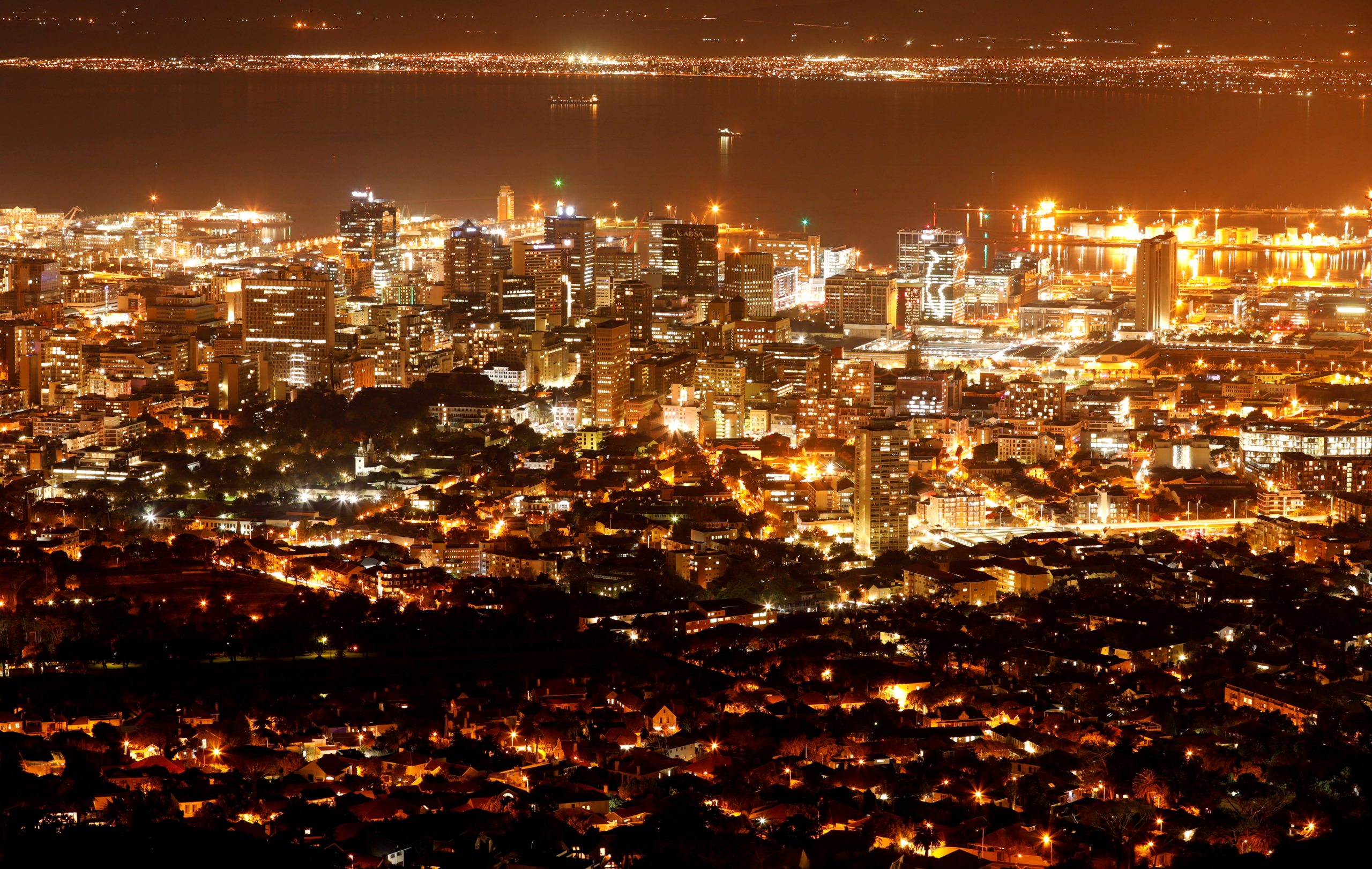On January 17, 1994, Los Angeles experienced a powerful earthquake that caused widespread damage. Critical infrastructure collapsed, leaving much of the city without electricity. The darkness scared many people, but some were amazed to see the Milky Way for the first time.

Electric bulbs, a great invention, have advanced civilization, but their overuse now leads to problems like light pollution. This harms both people and the environment, disrupting natural habitats and affecting human health.
Light pollution became a global concern in 2016 when satellite images showed the Earth illuminated at night. Artificial light affects hormone levels, blood pressure, and sleep patterns, leading to fatigue, depression, and obesity.
Excess light also affects wildlife, confusing nocturnal animals and disturbing their habitats. Birds and other creatures struggle to distinguish between day and night, impacting their behavior and survival. Reducing unnecessary light can prevent these negative effects and help restore balance to both human lives and the natural world.
To address these issues, efforts are being made to promote responsible lighting practices. This includes using energy-efficient bulbs, directing light downwards to minimize skyglow, and implementing regulations to control outdoor lighting.
Too much light disrupts wildlife, making it hard for nocturnal animals to know when it’s night or day. This confuses them and messes up their homes. Birds and other creatures get mixed up and it messes with how they act and stay alive. If we use less light, we can stop these bad things from happening and make things right for both people and nature.
Education plays a crucial role in raising awareness about the importance of preserving the night sky. By understanding the impact of light pollution, individuals and communities can take steps to minimize their contribution and protect the environment.
Leave a Reply